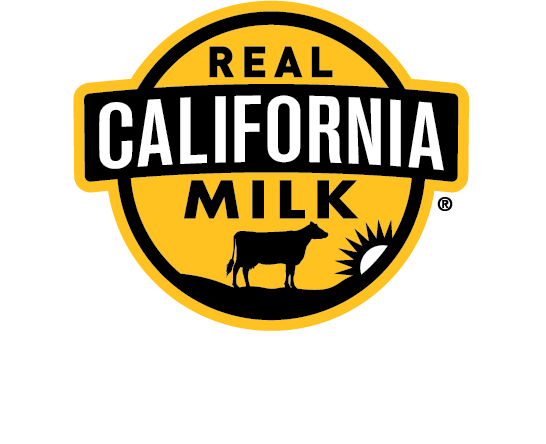From the Summer 2016 Newsletter
Dairy Fats are Back!
Whole Milk and Butter Sales Increasing

Those of us in the dairy business have long recognized that whole dairy fats provide an important source of nutrition. Compared to plant-based options, calcium-packed dairy is an efficient way to deliver the goodness of fat and essential nutrients.
The human body needs fat in its diet – it’s the most economical way to store energy and maintain normal body temperature. It also is vital to help absorb vitamins. For years, consumers and health experts have tried to limit saturated fat intake based on an association with cardiovascular disease; recent research has revealed that dairy food consumption – regardless of fat content - may be linked to lower risks.
In March last year, Time Magazine published an epic article that reverberated around the world. According to the article: “A recent review published in the European Journal of Nutrition of the existing research on dairy fat came to some surprising conclusions: People who eat full-fat dairy are no more likely to develop cardiovascular disease and type 2 diabetes than people who stick to low-fat dairy. When it comes to weight gain, full-fat dairy may actually be better for you.”
Earlier this year, another Time article cited newer studies that showed that “full-fat dairy has a place in a healthy diet.”
The blockbuster change however, was McDonald’s decision in September 2015, to replace margarine in their kitchens with butter. Since then other foodservice chains, such as Burger King, have also announced their intention to eliminate trans-fat loaded margarines for the goodness of butter. As a result the U.S. per capita consumption of butter reached 5.6 pounds in 2015, a 40-year high. (For more information on the health benefits of butter, read a recent article from the National Dairy Council.)
WHAT DOES ALL THIS MEAN FOR FOODSERVICE OPERATORS?
In the past year, sales of whole milk have ticked up four percent at retail grocers. After decades of sliding beverage milk sales, shoppers are choosing full-fat milk in place of low-fat, no-fat and 2% varieties. Consumers get it: dairy fat is good thing, especially for children building bone structure. One thing they have learned is that kids really like the taste of whole milk; of course they do … it’s delicious!
Foodservice operators must be “on trend” to be relevant. As consumers recognize that dairy fat is an important and healthy form of nutrition, menus need to reflect that emerging reality. What can you do?
MESSAGING: PRE-VISIT
- On all marketing materials, website, mailers and advertising,forward-looking foodservice operators should highlight themove to whole, real dairy products. Examples include:
- Promoting butter as an ingredient
- Using terms like “no trans fats”
- Touting whole milk featured in milkshakes,yogurt, soups and sauces
IN-STORE MENU
- Restaurant menus should include descriptions that exude the wholesome goodness of dairy. Examples include:
- Steamed broccoli, finished with real dairy butter
- Tomato soup made with real cream
- Mashed potatoes laced with real dairy butter
BEVERAGE AND DESSERT MENUS
- Beverages and desserts are not an area to skimp on the goodness of fat:
- Ice cold whole milk
- Thick as possible milkshakes
- Ice cream sundaes made with high butterfat ice cream
Dairy fats are not only healthy, but also offer tremendous flavor. Consumers have learned that eating three low-fat cookies is notas satisfying as having one, really great cookie. Today’s consumer is beginning to recognize that butter tastes better and is better for you. Now is the time to embrace the re-emerging trend of dairyfat and promote all the dairy goodness you can from America’sNo. 1 Dairy State – California!

